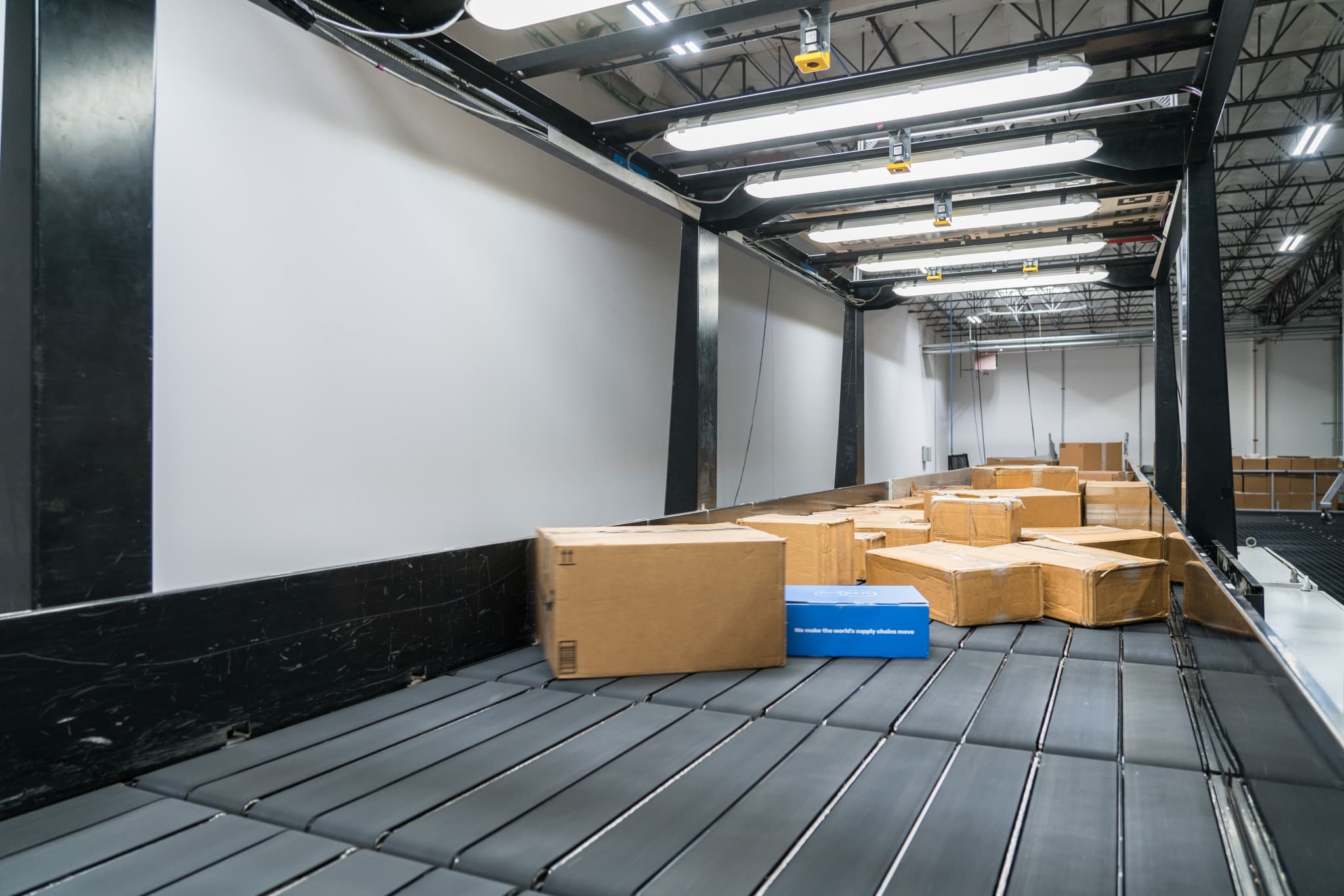- Insights, stories & events
- Supply Chain Insights
- High-speed singulation
How high-speed singulation reduces labor and increases throughput
8 min read
As customer demand and labor costs continue to rise, parcel organizations are seeking automated solutions to control labor and operational costs while increasing throughput.

Meeting market demands with end-to-end parcel logistics solutions

„At Körber, we’re not just providing equipment, we’re committed to building agile, end-to-end ecosystems and delivering a broad range of solutions tailored to meet the demands of today’s complex supply chains.“
Alex Scholes
Head of Research & Development North America, Körber Business Area Supply Chain
How Visicon sets a new standard in high-speed singulation
Visicon
18,000 parcels per hour
The fastest singulator on the market — built for high-volume operations.
AI-powered vision system
Maximum precision for mixes and irregular parcel flows.
Built-in predictive maintenance
Singulator 360 reduces downtime and boosts system reliability.
Visicon Compact
7,000 parcels per hour
Visicon Compact delivers top performance in space-constrained environments.
74.4 ft²
Visicon Compact fits seamlessly into brownfield projects.
Fully modular connectivity
Visicon Compact easily integrates with upstream and downstream modules like VarioRoute, and Gapper to maximize efficiency.

„Visicon is built for high-volume operations — fast, accurate, and robust. But when space is tight, Visicon Compact delivers similar precision in a much smaller footprint with a nominal throughput of up to 7,000 parcels per hour.“
Austin Percifull
Key Account Manager Parcel Logistics North America, Körber Business Area Supply Chain
FAQ
You may also be interested in:

Connect with us
Let’s talk about future-ready solutions for your business.
Contact


